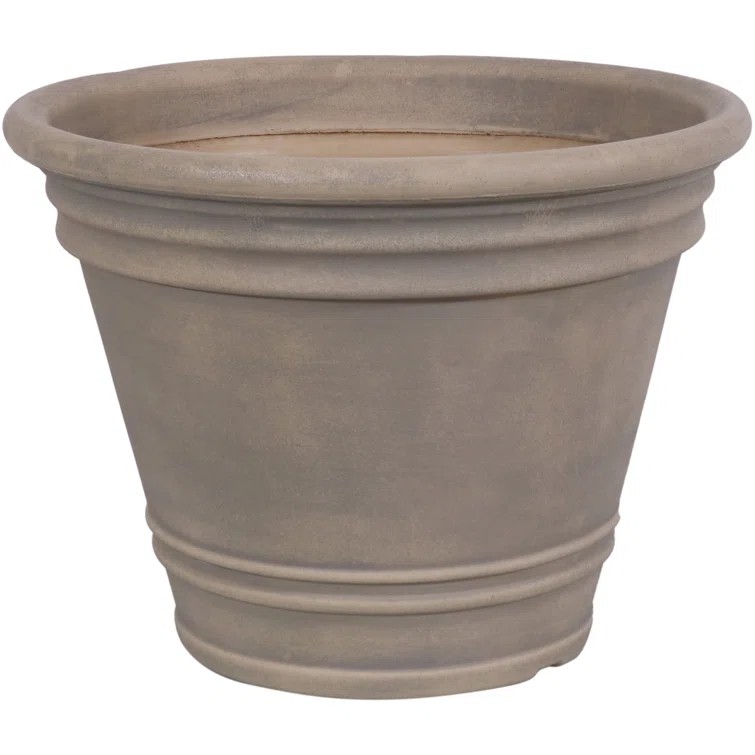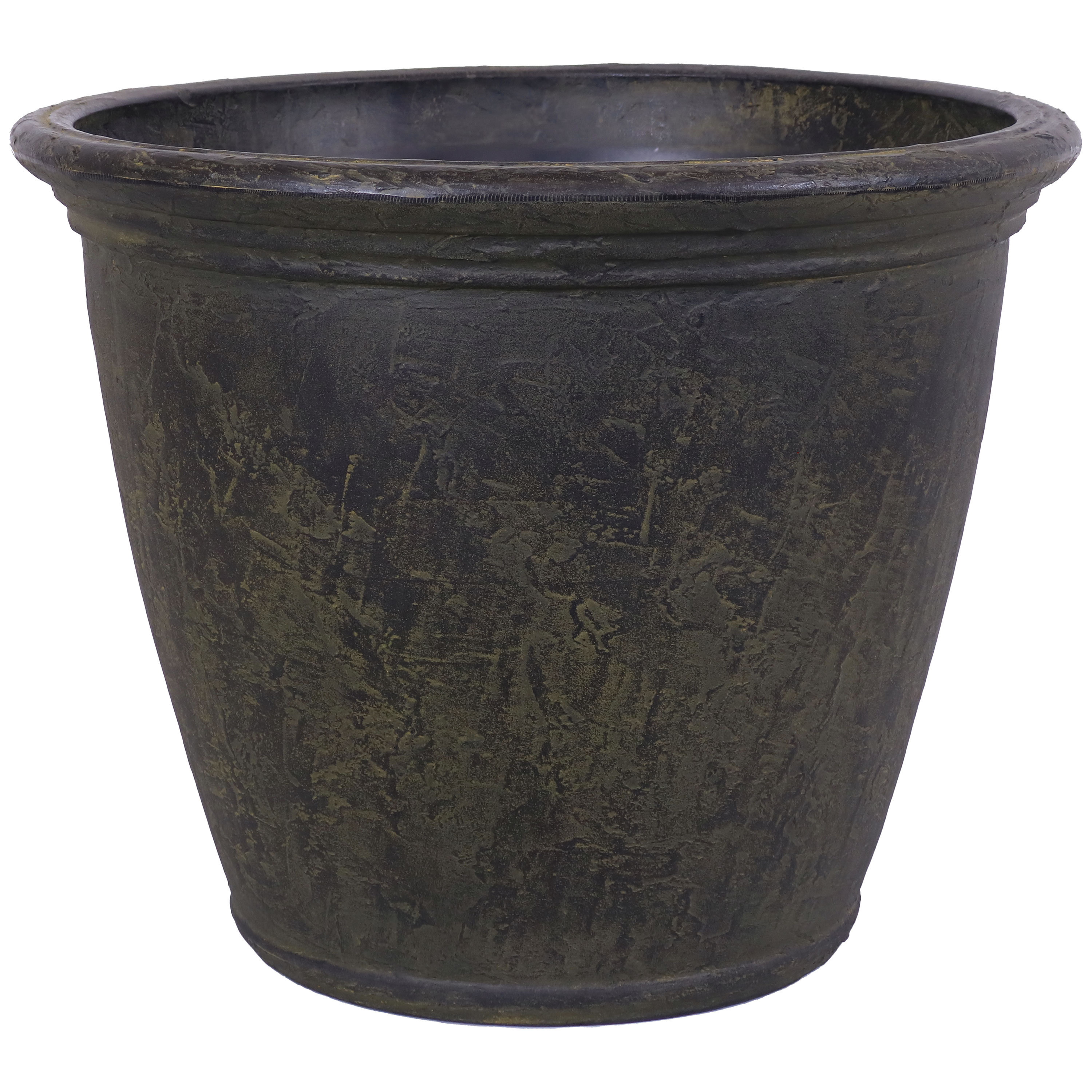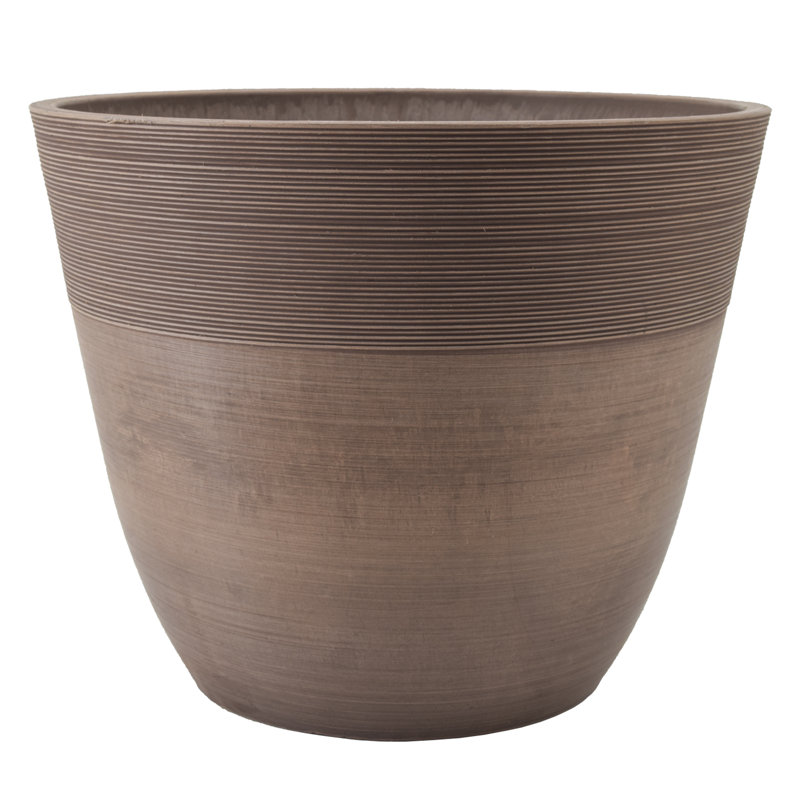How to grow olive trees in pots – for an unfussy, evergreen container plant that will practically grow itself
Growing olive trees in pots can help to add color and structure to any-sized yard

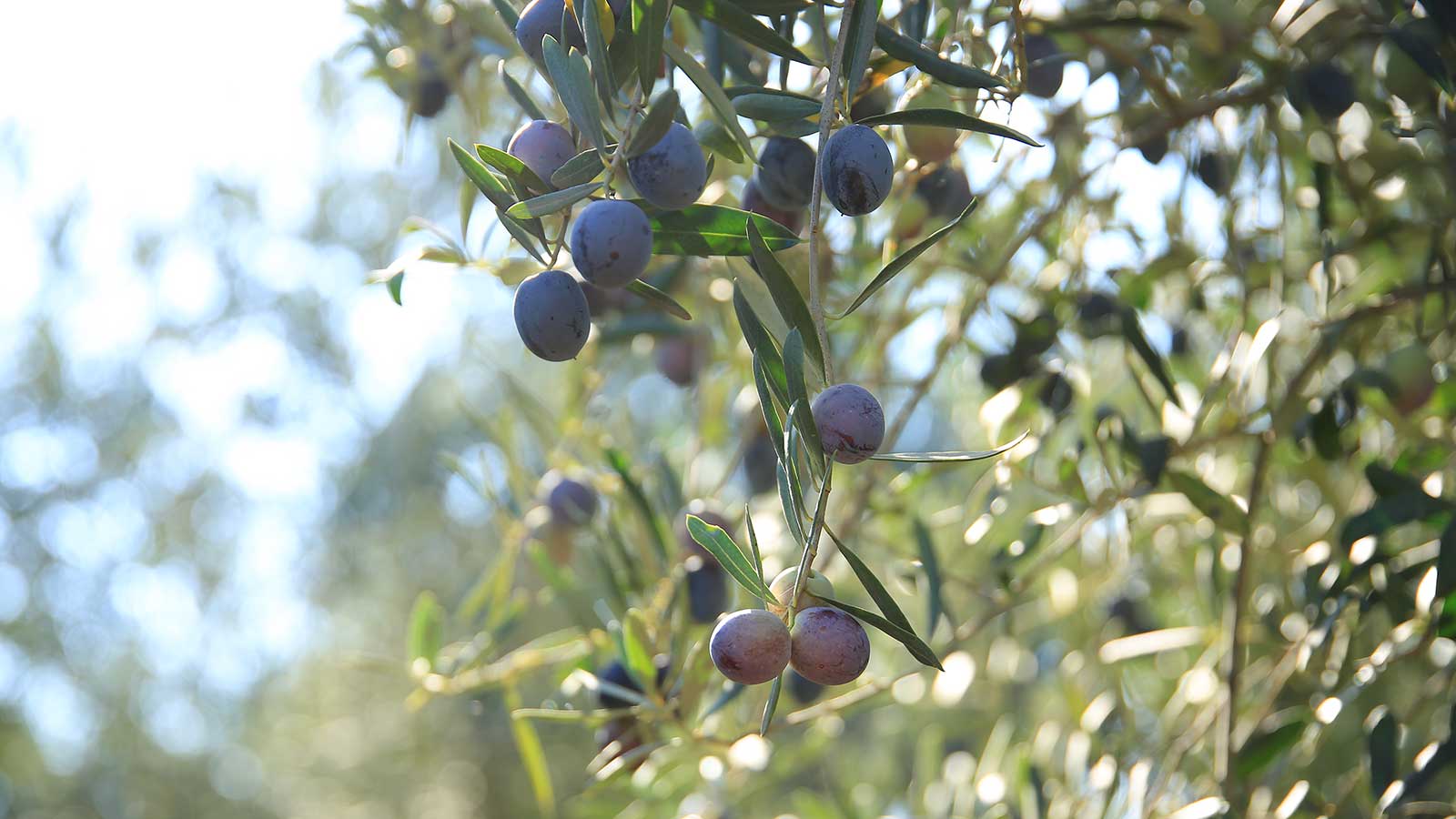
Olive trees, to me, are an intrinsic part of the character, look and feel of the undulating landscape of the Mediterranean. Alongside grapevines, they’re everywhere in Italy, Spain, France, and Portugal, lining fields in their neat, silvery rows or standing in pots in sleepy town squares. When I worked as a gardener in Italy a few years back, I remember thinking how omnipresent these ancient trees were.
If you are restricted by space, growing olive trees in containers is a clever solution. The pot naturally restricts their size, keeping them compact and manageable, while still offering that evergreen coverage. I’ve seen them used beautifully on scorching balconies for privacy, or on sun-baked terraces where their silvery foliage remains year-round.
So, if you’re looking for easy, low-fuss fruiting trees for containers, learning how to grow olive trees in pots is a good idea. Here's everything I know about growing these tough and resilient trees after several years working as a professional gardener.
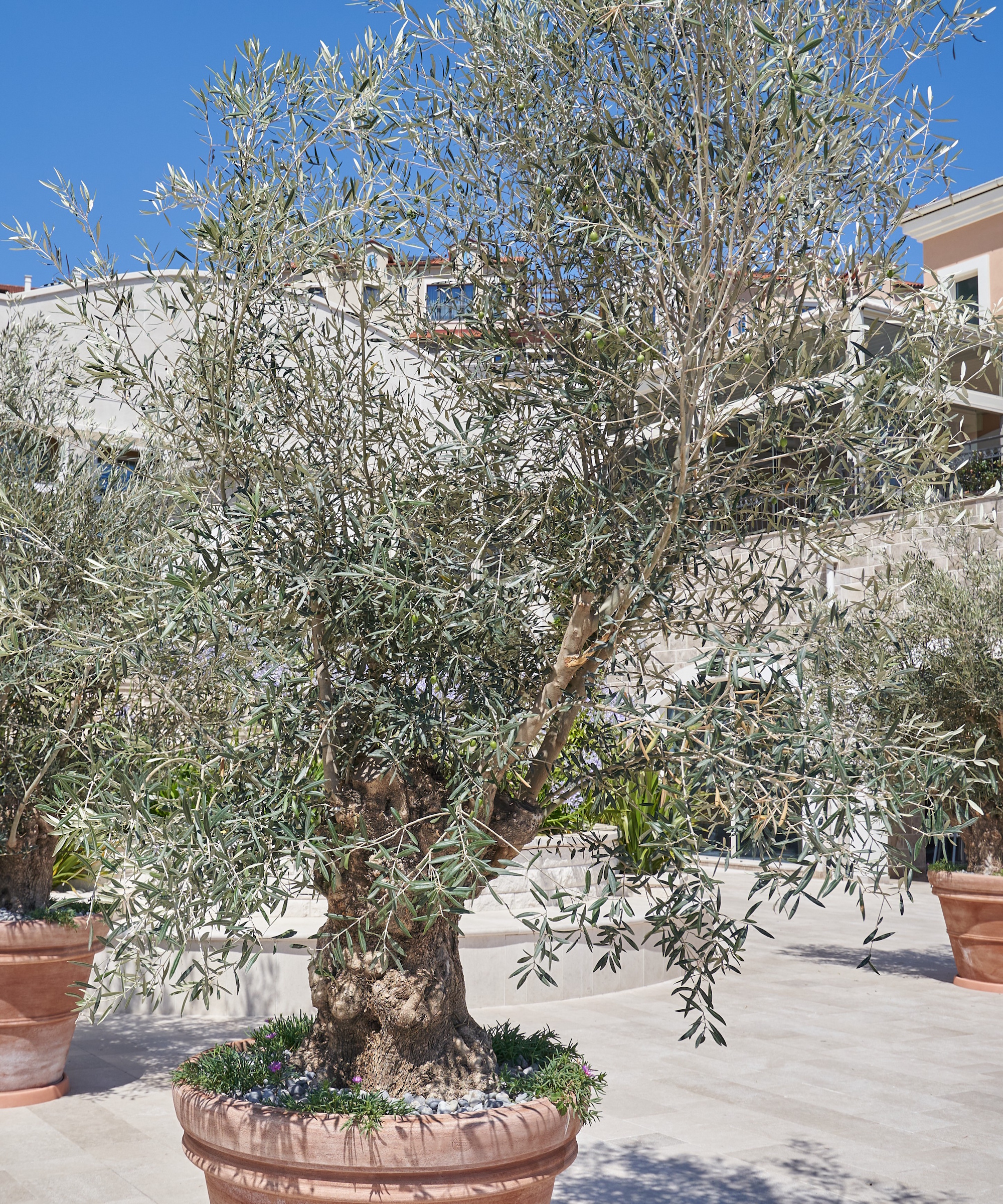
How to grow olive trees in pots
There are so many attractive (and delicious) fruit trees to grow in pots, although you would be hard pushed to find a species that is quite so forgiving as the humble olive.
While it might not be your first thought when seeking plants for containers, these tough, reliable small trees that thrive on neglect will happily grow in pots in sunny and dry regions, so long as a few simple rules are abided by.
Live olive tree starter plants can be ordered right now via Amazon.
Growing advice for olive trees in pots
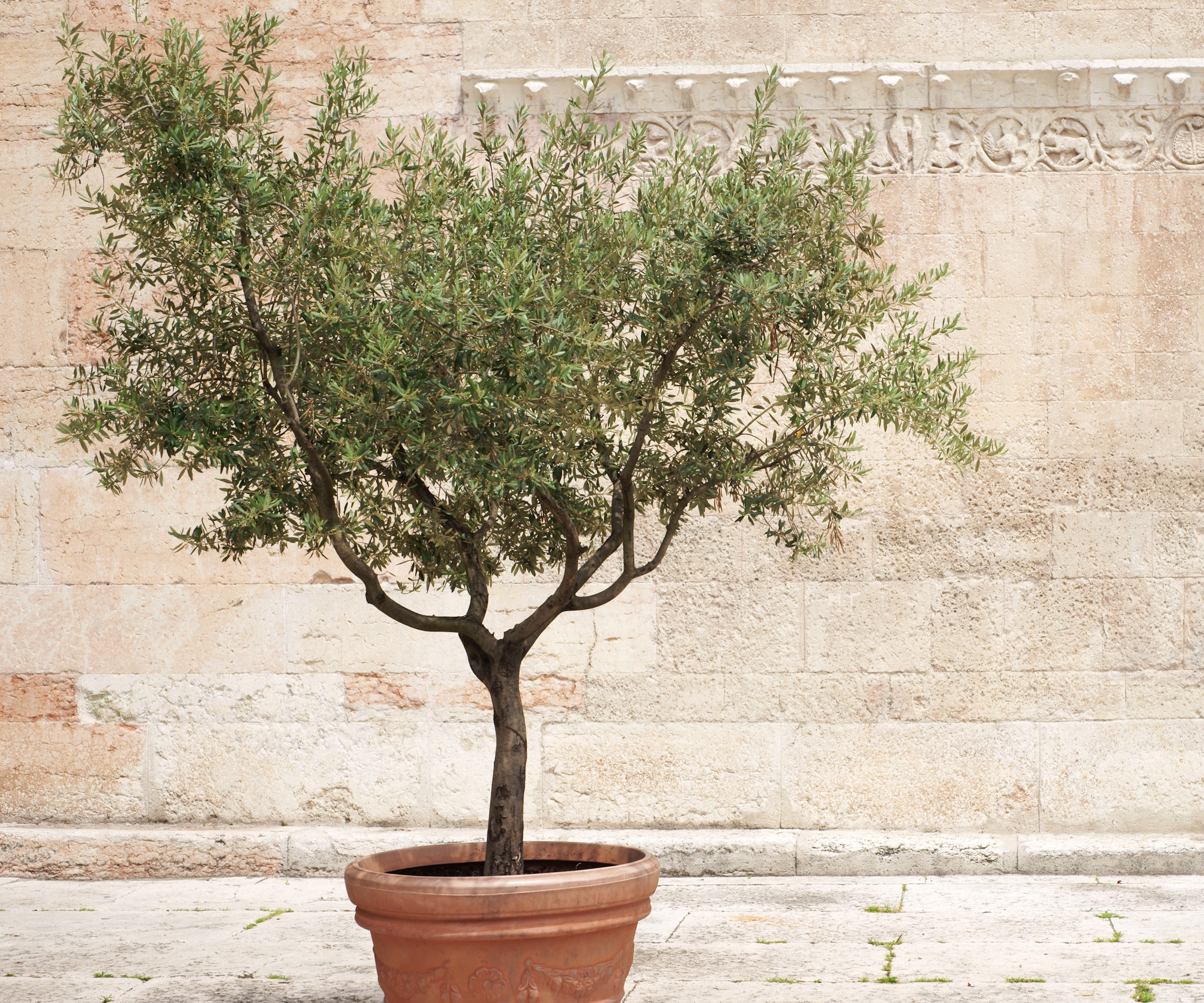
When I worked in Tuscany, we grew several olive trees in large, aged terracotta pots alongside impressive lemon trees. Doing this anywhere, I think, can create that Mediterranean look and feel.
Design expertise in your inbox – from inspiring decorating ideas and beautiful celebrity homes to practical gardening advice and shopping round-ups.
In general, I have found olives to be some of the easiest fruit trees to grow in pots, although you do need to get the basics right, namely good drainage and plenty of sunshine.
Most olive trees, or Olea europaea, are hardy from zone 6 to zone 10, although a few are a little more tolerant of cold weather than others.
For example, I have found the Olea Europaea 'Arbequina' variety, with live plants available from Perfect Plants Nursery, to be relatively tough during winter, although, as with most olives, some leaves may drop if there is an extended snowy spell.
Choose a decent-sized container to start with – I’d say at least 14 or so inches wide and deep.
Something like this aged terracotta Keilson container with an attractive scalloped rim, available via Wayfair, will look beautiful, especially after a few years, when slightly dimmed by weather and wear.
Make sure the pot has good drainage hole/s, and use a gritty, free-draining mix – something like a blend of potting compost with horticultural grit or sand works well.
Position your pot in a sunny spot, and water well. Don't expect masses of growth in that first season, but once established, your olive tree will begin to bush out.
Ongoing care for olive trees in pots
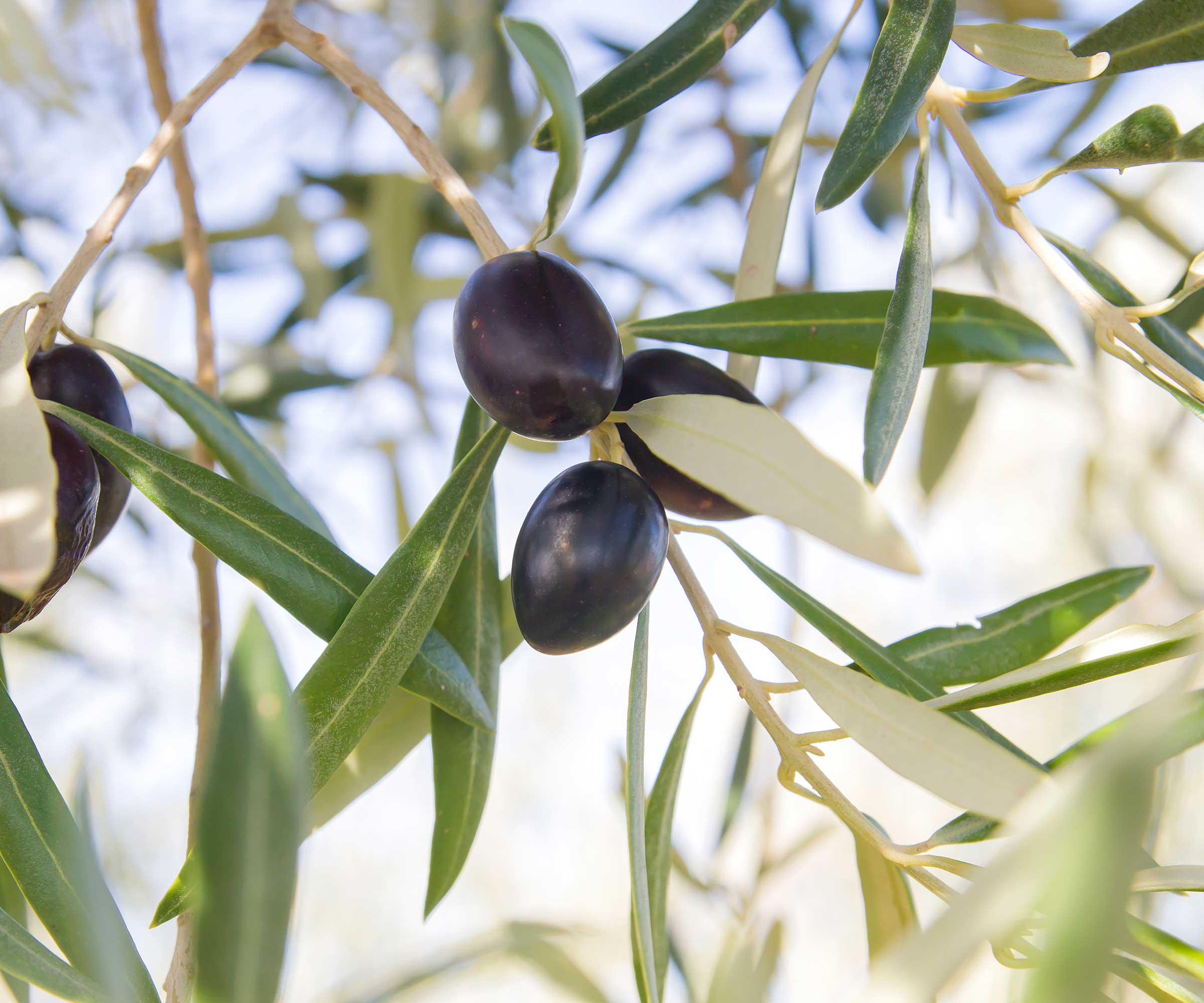
While these plants with silver foliage are known to be drought-tolerant, deep watering is important. Believe me, skipping your early morning or late evening watering schedule during a hot week can spell disaster for your plants.
In Tuscany, even with the unremitting Italian summer heat, they were fine so long as we gave them consistent, deep drinks through July, August and September (which can be as much as every day when the mercury soars).
Feeding is the other essential. I find that a suitable olive fertilizer (or a liquid citrus feed) once a month through the growing season will do the job. You shouldn't really have any need to feed more than this.
Olive tree fertilizer is available to order from Amazon.
In terms of how to prune olive trees, I would suggest doing so in the springtime, usually around April or early May.
Grab a pair of clean, sharp snips, and simply thin the canopy to let a little more light and air in, and keep your tree in the desired shape (which can be multi-stem, standard, or even weeping).
FAQs
Do I need to winterize my olive tree pot?
Olive trees can usually withstand frost and a little snow during winter. In Tuscany, for example, they managed just fine through long, cold spells. However, in pots, it is a good idea to move the containers closer to your home or group them together, which can provide a micro-climate and provide a little more shelter. If you reside in a northern region (like zone 4 or 5), I would also suggest that you cover your tree with burlap or a frost sheet to protect your olive tree in winter.
Finally, in terms of repotting your olive tree, I recommend doing so every three years. Refreshing the compost and providing a small amount of extra room will revitalize your aging olive.
For more inspiration, see our guide to landscaping with olive trees, and make the most of these tough evergreens in your backyard this year.
Shop garden accessories

Thomas is a Content Editor within the Gardens Team at Homes and Gardens. He has worked as a professional gardener for both public spaces and private estates, specializing in productive gardening, growing food and flowers. Trained in Horticulture at the Garden Museum, he has written on gardening and garden history for various publications, including The English Garden, Gardens Illustrated, Hortus, The London Gardener and Bloom. He has co-authored a Lonely Planet travel book, The Tree Atlas, due out in 2024.
